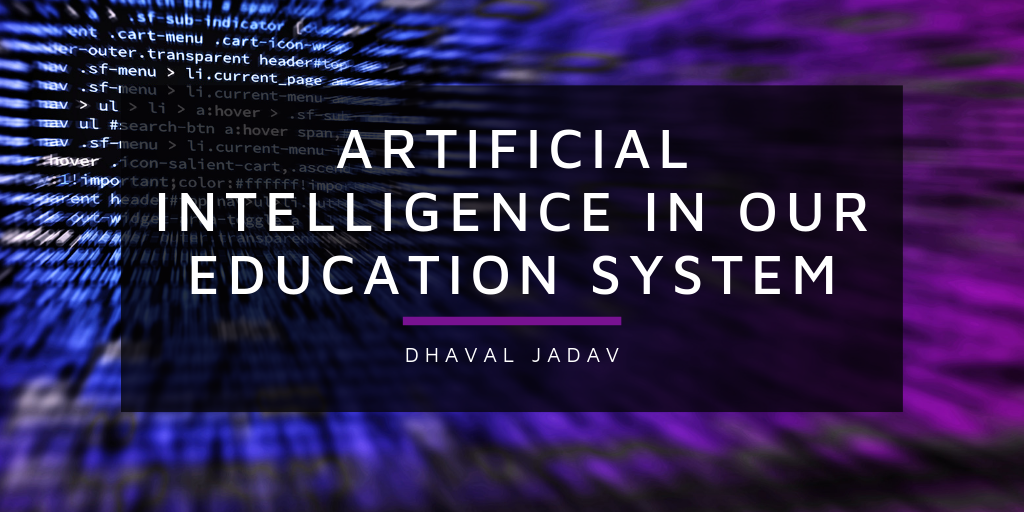From video games to G Suite, technology has become a staple in the modern classroom. Kindergarteners and collegiate scholars alike utilize new and advanced technologies to facilitate hands-on learning that seemed like fantasy (or sci-fi) just thirty years ago. And, as technology continues to advance, so too does the kind used in schools. Artificial intelligence is one of many technological advancements that has found its niche in education. This article explores the ways in which AI educates young learners.
AI automates activities to save teachers time
Much like students, teachers often bring work home—reading essays, marking worksheets, and comparing tests to answer keys. The time spent on these activities can vary based on student body population and rigor of coursework, but each second spent with a red pen in hand equates to a reduction of precious lesson prep time. While Scantron and similar software can grade multiple-choice and true-false answers, AI takes it several steps further with the potential to grade written answers, length notwithstanding. The self-sufficiency of AI applies well to education, a field in which professionals must deal with a variety of interpersonal and independent tasks
AI adapts to student needs
AI advancements can lead to student assistance both inside and outside of the classroom. During the school day, AI can provide individualized lessons for students depending on their areas of expertise as well as knowledge gaps. Much like the branching pages of a choose-your-own-adventure book, AI can customize a lesson depending on the accuracy of a student’s responses. While this hasn’t been put into practice universally, localized studies have noted the success of the program.
AI creates universal learning opportunities
Outside of the classroom, AI offers universal education access for students. For example, global classrooms utilize translators and usability software to ensure that anyone, regardless of ability or language, has equal access to education. What’s more, AI can take the role of a tutor, offering support and extra lessons to students who struggle with reading comprehension, mathematics, and other academic areas.
AI identifies educational shortcomings
The ability to identify the strengths and weaknesses of a program is perhaps the most impressive and important capability of AI in education. In the rush to complete a lesson within a certain time frame and help every student understand the content, there may be gaps in the overall lesson plan. AI can identify areas where large numbers of students struggle, such as common incorrect answers to mathematical equations. On the other hand, teachers can use AI to see what students understand well and can capitalize on that. For instance, if AI reports 100% of students in a third-grade classroom understand how to add and subtract fractions, a teacher may be more confident in moving ahead with the next lesson.


Recent Comments